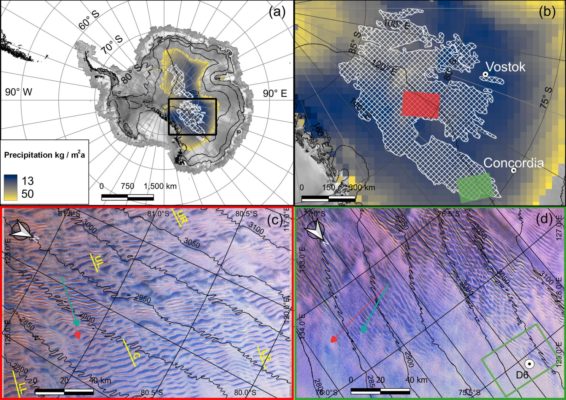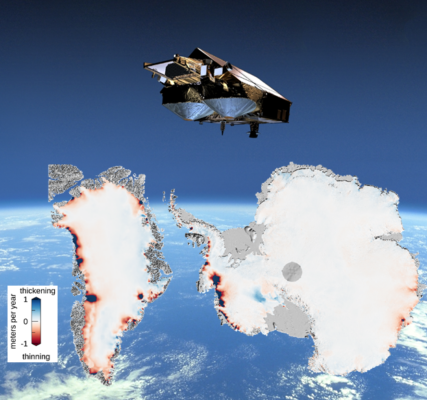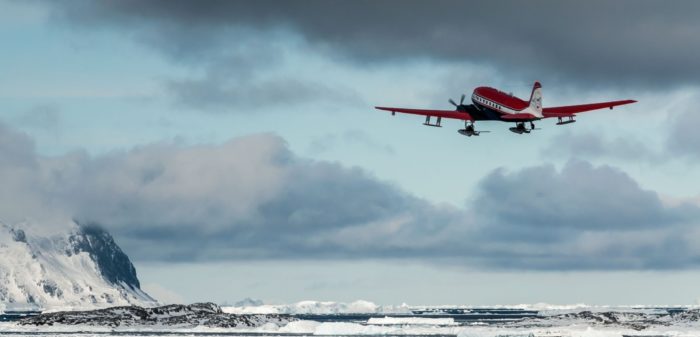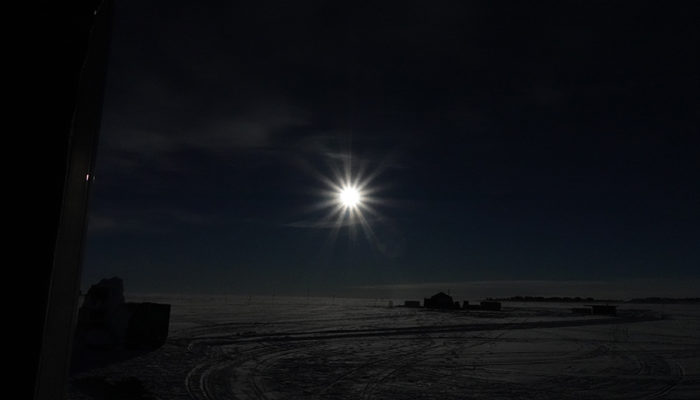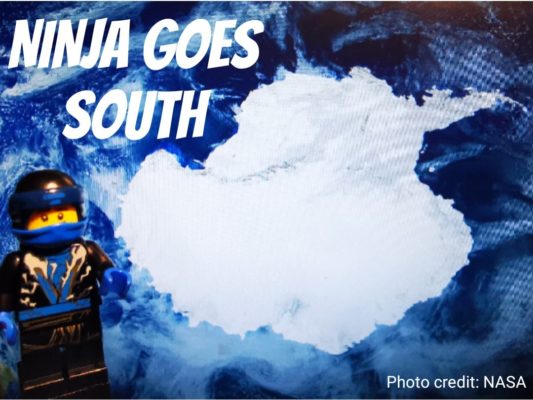In 2020, ocean scientists discovered a new island off the Pine Island Glacier ice shelf, naming it after the Norse goddess, Sif. The island is one of many new regions being exposed in the wake of increased ice shelf melting and glacial retreat. While these newly-revealed lands have been discussed in the Arctic and alpine ecosystems, the uncovered island and coastlines of Antarctica have been less ...[Read More]
Antarctica Uncovered: Exploring the Exposed Surfaces Around the Melting Continent




